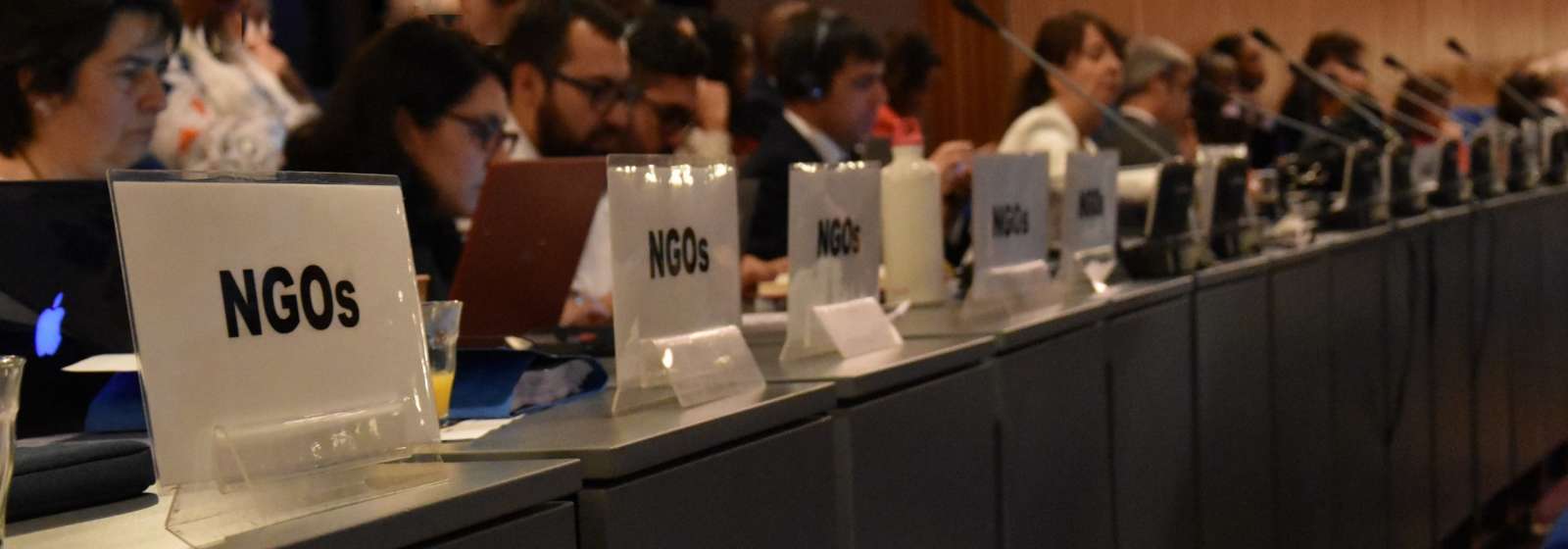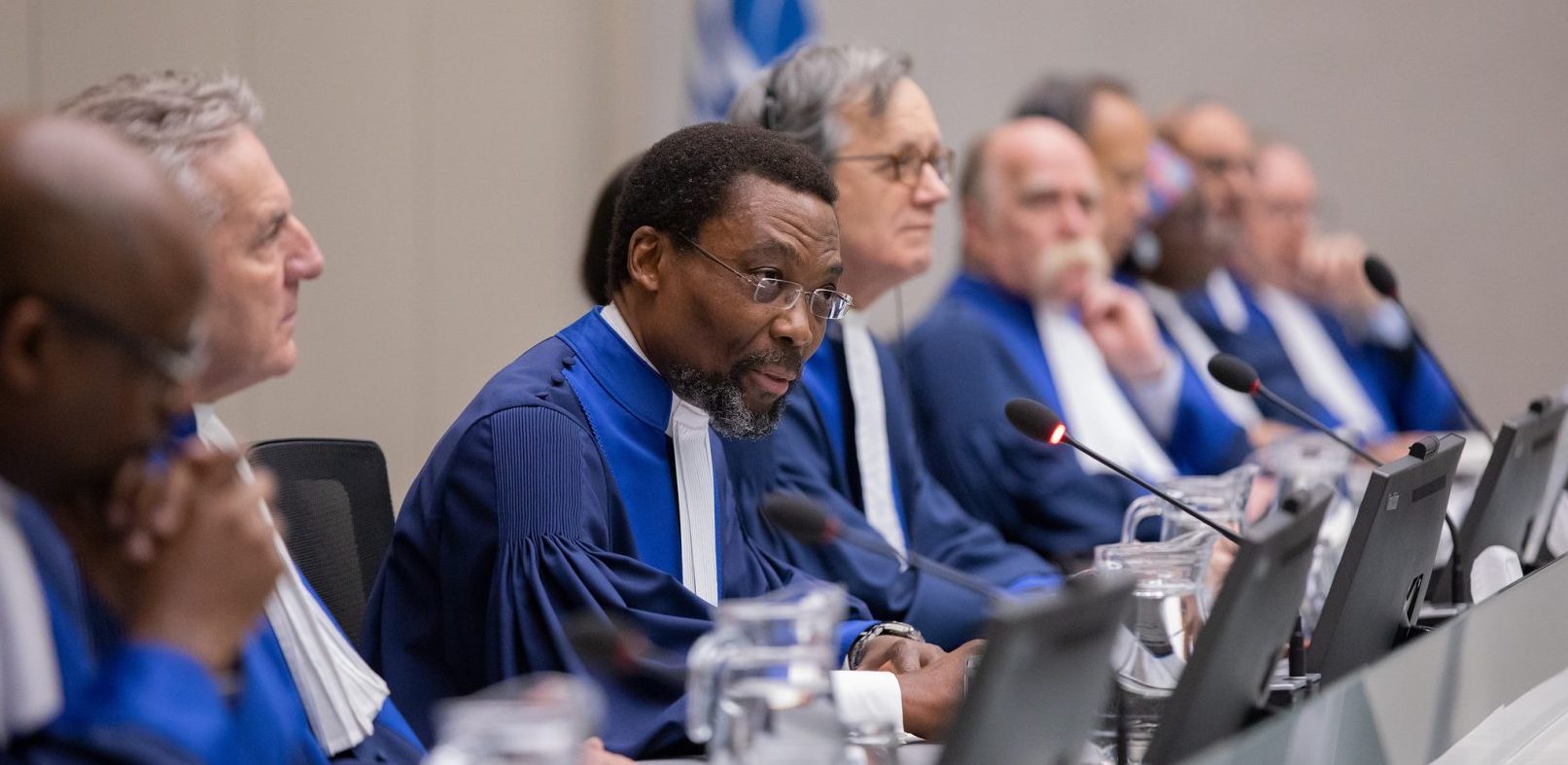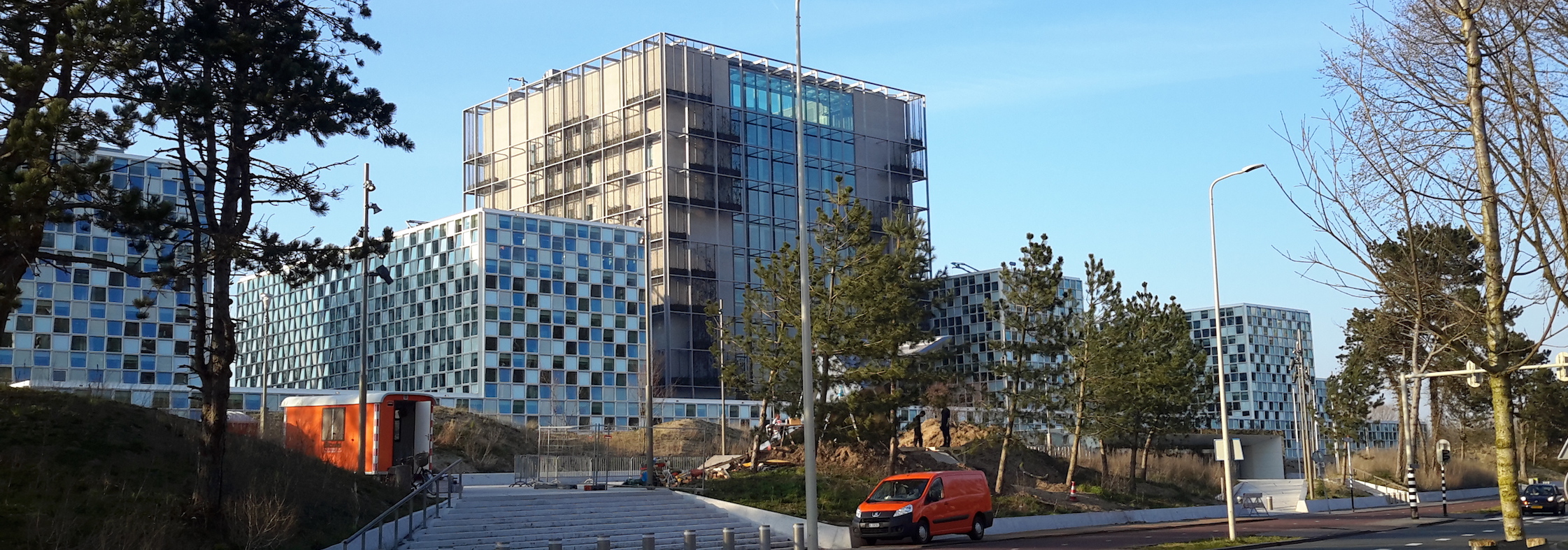Point of no return for many Africans
Earlier this week I had the opportunity to visit the Senegalese Island of Goree, which was a pivotal part of the harrowing Transatlantic Slave Trade. Despite the formal abolition of slavery roughly 150 years ago, according to the Global Slavery Index 45.8 million people are modern day slaves currently. The humbling and deeply moving experience of visiting this island and understanding how slaves were treated makes the Global Slavery Index all the more alarming. How can it be, that in the 21st century slavery continues to exist?
Goree Island is only 900 meters by 350 meters and is home to an estimated 1680 people. Goree Island’s strategic value perpetuated conflict between the Portuguese, Dutch and French in their bid to control vital trading routes. The islands architecture exhibits influence from these three nations. The narrow dusty streets tell the sad story of the slavery that devastated the African continent from the 15th century till the late 18th century. Some historians say that the Transatlantic Slave Trade was responsible for the movement of between 12 – 15 million people from Africa to the West during that time.
Guided by a local historian and tour guide, I was taken to the infamous “House of Slaves” which was built by the French between 1780–1784. This is just one of the 28 slave houses that existed on the island.
Whilst there is an academic debate as to how many slaves actually passed through the House of Slaves, the House was transformed into a museum in 1962 to share the plight of the slaves and preserve this inhuman and tragic part of history. The House memorialises the final departure points of slaves destined for the Americas. Goree Island has been called “one of the largest slave-trading centres on the African coast” by UNESCO. Designated a UNESCO World Heritage Site in 1978, Goree Island’s history exposes the worst of human nature.
Slaves were kept in the House in squalid conditions, shackled, chained and separated from their families. At any time 15-20 slaves were crammed into small 2.6 metres by 2.6 metres rooms. Smaller dark rooms were used to punish those who refused to follow orders. The slaves would be piled into these punishment rooms where there is barely enough room to stand and left in their for days. Women and young girls were used as sex slaves. The unsanitary conditions in the house led to the outbreak of diseases. Many died before they could make it on to the ships destined for the Americas. Dead bodies were merely thrown into the sea to make space for other slaves. At the Atlantic sea-facing side of the house, a doorway called the “Door of no return” marks the last point where the slaves would ever be on African soil.
Whilst we look back in horror and rejoice that slavery was formerly and legally abolished, we need to stop and realize that modern day slavery still exists.
Modern day slavery is defined to include forced labor, human trafficking, debt bondage, use of child soldiers, child labor, and forced early marriages. The International Labour Organisation (ILO) calculates that 90% of the forced labourers are being exploited by companies or individuals whilst the remaining 10% are victims of forced labour at the hands of the state, or insurgent military groups. Sexual slavery is also considered as a form of forced labour, and it constitutes 22% of ILO slavery statistics.
The most disturbing part of all of this is that Illegal profits from forced labour amount to more than $44bn.
With regard to human trafficking, which is often essential for other forms of slavery, the UN’s Global Initiative to Fight Human Trafficking estimates that people trafficking is the third largest global criminal industry after drugs trafficking and trafficking of arms. The Asian continent accounts for more than half of existing modern day slavery statistics. Africa also has high numbers with Central African Republic, Democratic Republic of the Congo, Somalia, South Sudan, Sudan and Mauritania exhibiting the highest rates of modern slavery.
Women and children are particularly vulnerable and unfortunately not enough is being done by governments, corporations, law enforcement or the ordinary citizen to stop the exploitation of people.
With such disappointing statistics it is easy to feel powerless, however, bringing an end to modern day slavery requires a concerted effort from every part of society. For example, as a consumer, avoid purchasing chocolate that comes from child labour plantations in Cote D’Ivoire. Taking time to educate ourselves about the sources of the goods we enjoy could go a long way.
As small as this may seem, it could put a significant dent in the profits made by those exploiting human beings and subjecting them to modern day slavery. Hopefully it will not take another hundred or so years before we can say we have truly abolished slavery.
*This article appeared in the Star Newspaper on 13 July 2017



